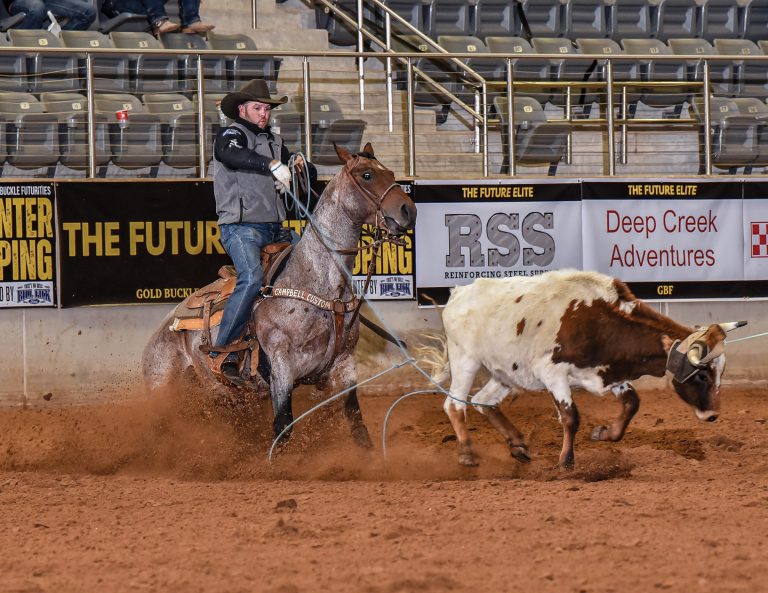
Dick Yates qualified for 13 Wrangler National Finals Rodeos with his son J.D. in the 1970s and 1980s and, since then, he’s won hundreds of thousands of dollars competing at every level of team roping competition. Alongside J.D. and now his grandson Trey, the patriarch of the Yates family has helped make some of the best horses in team roping. We tapped him for his team roping tips and timeless wisdom.
#1: Smaller Steers, Smaller Horses

Several years ago, when we first started rodeoing and jackpotting, it took bigger horses because you roped bigger steers and normally the scores were longer. The steers have gotten smaller and, in most instances, the scores are longer. The good horses back then were outstanding because they were bigger, stronger horses. Today, you can rope on a smaller horse that’s probably more athletic because they don’t have to be as strong to pull the steers.
#2: Slow and Steady Rope Horse Training

But the breeding—these well-bred horses will train themselves if you stay out of their way. Too many young people and young trainers want to go too fast, instead of let a horse grow at his speed and get better. If you go to hurrying it, you’ve got a lot of harm in your horse. He don’t really make. Give him time to make and don’t pick on him. A lot of these young trainers pick on them too much, and they’ll find a way to get even with you, one way or another. A lot of these horses are easier to train because the breeding is better. They have a lot more cow in them, and most of the well-bred horses anymore, you don’t have to worry about them bucking you off.
#3: Adapt to Your Horse’s Style

Most of my horses, I like them to turn their head in a little, on just a slight rein, and just roll them out of there. Every horse is different the way you score them. The young ropers, they don’t realize you have to adapt to the horse’s style, how he will score, than think he has to be standing there just perfectly straight every time. I don’t think a horse needs to stand there straight, if he scores well.
#4: Start Quick

The hardest part to me is getting started quick enough. With quick scores, I always trained horses to stand there and score off my hand. Sometimes, I don’t get started quick enough. That’s really changed. That’s another thing you get into with the short scores: you don’t have to score perfect. Sometimes, my horses score too well.
#5: A Good Horse is Better Than a Good Throw

I used to have quite a bit of game of course. I could reach a little. But the ticket is, I still say, if you have a good horse and he scores good, you don’t have to throw all that rope. You have to score and you have to draw good, and you don’t have to throw two and three coils. I just want to get out decent and measure him off. I don’t get my arm up as quickly as I used to, and I want a jump or two to measure him off and catch him. But I want to just give that heeler a chance.











